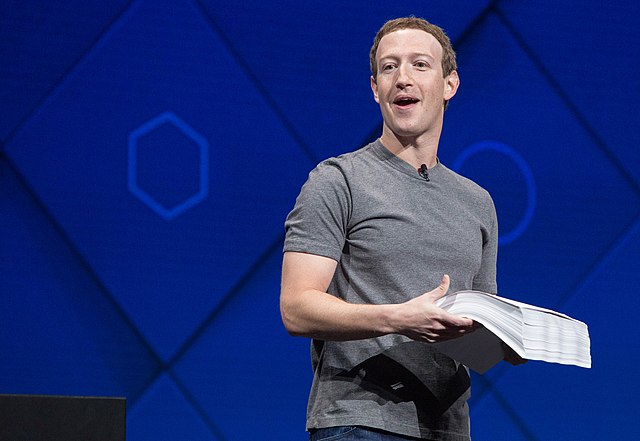Zuckerberg sees billions of people spending money on the metaverse
The Meta CEO hopes to get a billion people in the metaverse doing hundreds of dollars of commerce.
When Facebook changed its name into Meta to highlight its shift in focus into the metaverse, many people were a bit confused about the move, which is understandable since many probably never heard of the word metaverse until then. In a recent interview with CNBC’s Jim CramerMeta Platforms CEO Mark Zuckerberg shares just how big the metaverse economy could become.
“We hope to basically get to around a billion people in the metaverse doing hundreds of dollars of commerce, each buying digital goods, digital content, different things to express themselves, so whether that’s clothing for their avatar or different digital goods for their virtual home or things to decorate their virtual conference room, utilities to be able to be more productive in virtual and augmented reality and across the metaverse overall,” Zuckerberg told Cramer on Wednesday.
Based on its 3.64 billion monthly active users across its different applications, Meta Platforms indeed has the potential to rake in big revenues. “You know, our playbook over time has been building services, try to serve as many people as possible — you know, get our services to a billion, two billion, three billion people, and then we basically scale the monetization after that.” Zuckerberg explained.
And Meta definitely has the expertise to make it happen. After all, the company has the experience on how to grow its business and lure billions of users in its suite of social media applications.
“And we’ve done that with Facebook and Instagram,” the tech billionaire added. “WhatsApp is really going to be the next chapter, with business messaging and commerce being a big thing there.”
The metaverse experience is going to be more immersive than the usual text, photos, or videos users get on current social media platforms. For instance, people can make eye contact during metaverse meetings. Zuckerberg explained that the technology “basically adds up to making it deliver this realistic sense of presence.”

